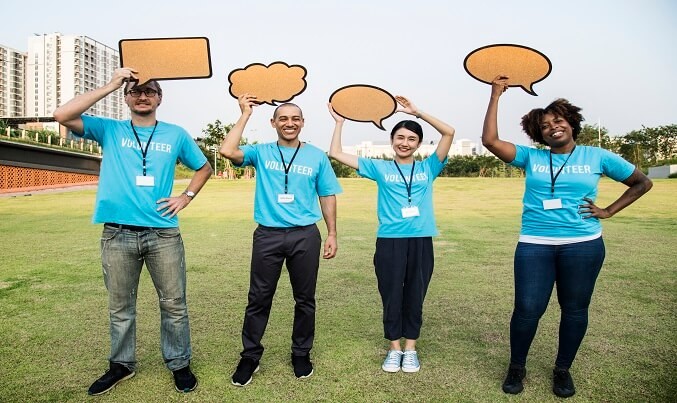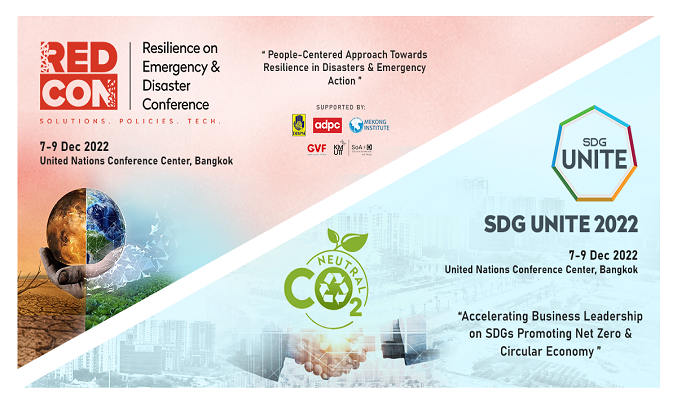Fundraising worldwide received several hammer blows in 2016, on top of a continuation of strong negative currents for some income streams. Uncertainty over Brexit and worries over the U.S. elections did not help our donors’ or trustees’ confidence either.
The resultant mood around our ‘Top Table’ gatherings of the leading NGO fundraisers was sometimes grim, but as the resourceful and optimistic natures of fundraisers kicked in, new trends and possibilities began to emerge on which I have based my predictions for 2017.
Naturally, these are also flavored by our experience as consultants, and it may be significant that the first three proposals we have sent out in 2017 are all in response to organizations expanding their international reach in one way or another.
- Overseas expansion
The first prediction is that international NGOs will step up their fundraising in new countries and new continents. We saw this trend take off in 2016 as we did market entry analysis in Africa, East Asia and Latin America. This is a step change from expansion across Europe, which was perhaps stage one in the process of NGO globalization.
We see this not just as asking local staff to raise funds where they happen to be, but the setting up of fundraising offices worldwide, the training of staff and investing in research and a variety of fundraising techniques.
We have seen Oxfam invest heavily in South Korea to join many others like World Vision, Save the Children and UNICEF. What is important trend-wise with Oxfam is that it has never had that sort of global fundraising presence before.
The reason this is likely to be a strong trend is that the whole direct marketing program that has sustained many, if not most, large charities in the past 30 years is grinding to a halt with its break-even point stretching to infinity.
- Imaginative major donor approaches
There has been no visible slackening of the increasing wealth of the super rich, but the trend is for them to set up their own charities and look to their private offices, which handle their finances, for advice on philanthropy. We expect to see fundraisers reaching out much more effectively to multimillionaires and billionaires in 2017.
We have seen fundraisers either applying for existing funds such as the Gates Foundation, or looking for wealthy people who already give to them, rather than forging relationships with extremely wealthy people who are not current donors. Indeed, charities have recently been fined in the U.K. for researching their own donors, so the research trend must be to look outside their existing databases.
This has left huge untapped wealth in the hands of relatively few people, and 2017 must be the time when we all wake up and invest the time in securing a significant part of these huge sums.
- Technology—contactless donations
From dogs wearing contactless payment devices sewn into their charity-branded jackets, to contactless donation points in charity shop windows, it is brilliant to see the speed of charities adapting to technological change really heating up, and the aptitude to invest in new forms of fundraising spreading. Maybe we are seeing some of the large sums previously tied up in direct marketing being released for new purposes.
I also like the way old fashioned ideas can be revived by the Internet. Take the fabulous donations book bound in gold leaf, with signatures by aristocratic donors at the front and lovely copperplate writing, recording gifts at the Westminster Abbey website. Do not just dismiss that as a throwback—these things really work for donors who love to have their names and donations in a permanent record.
When I was a child I would stand on tiptoes to put my huge, old fashioned penny into the roof of the miniature coastguard hut on the sweet shop counter, and see the tiny boat launch down its ramp. Now we can use our credit cards to perform similar magic by swiping them across various posters and collention points.
This technology is rather more complicated, so it is taking a little longer to reach the streets. One crucial effect of all these street-based examples is to bring fundraising into our everyday lives in a positive way.
Of course, we can also give from home, office or anywhere else through our phones and other mobile devices, which is becoming easier and easier.











